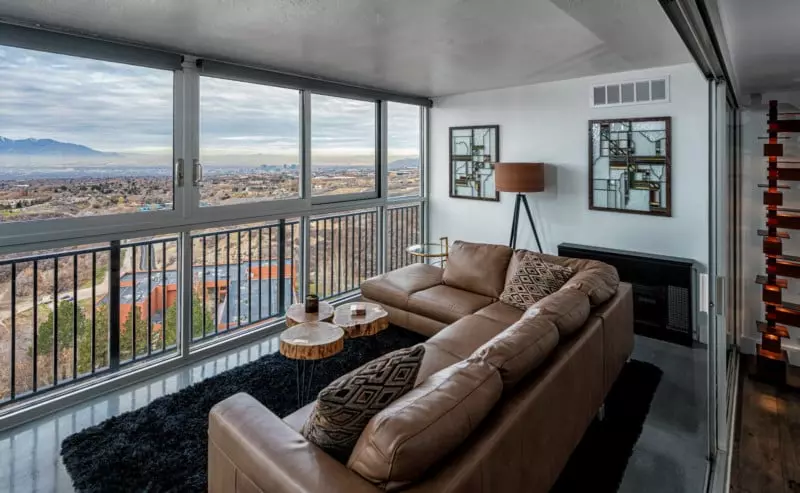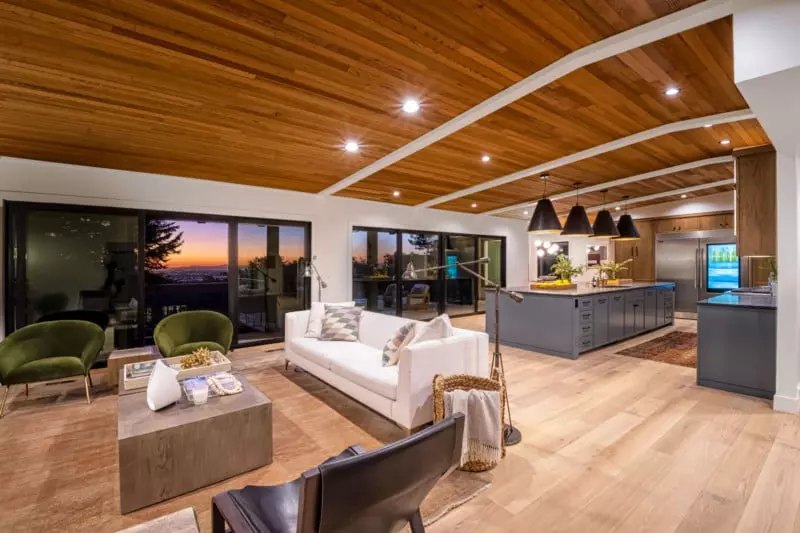
I have been shooting real estate for over a decade, and although it may sound dry and uninteresting, it has been a very rewarding niche in the world of photography. Every day is a battle with light, camera equipment, and personal abilities. And if you are good, you win that struggle every day. In this article, I will share the ins and outs of what it takes to succeed as a professional real estate photographer.
Your Real Estate Photography Market and Competition
Let's start by talking about your market. It's essential to know if your area can support your business before investing in expensive gear. Generally, bigger cities offer better opportunities. If you notice that other photographers' schedules are all booked up, there's probably room for a fresh face. However, if you live in a small town or see businesses cutting their rates, you might want to reconsider.
When studying the competition, pay attention to their rates and the services they offer. As a newcomer, you'll want to start slightly below their prices to establish yourself. But avoid drastically undercutting the market, as it harms everyone involved.

Compare Costs to Your Real Estate Photography Earnings
Now, let's look at your costs. Besides gear, you'll have expenses like insurance, business licenses, phone bills, internet fees, and more. It's crucial to calculate these costs and determine how much you need to earn to survive. Can your pricing schedule cover these expenses?
Additionally, it's wise to plan for no business for at least six months. If you can't sustain yourself during that time, consider working for someone else while honing your skills.

Essential Camera Equipment for Real Estate Photos
Let's discuss the basic gear you'll need. Contrary to popular belief, you don't need fancy equipment. A camera that can deliver images around 2000px wide is sufficient. No need to invest in top-of-the-line cameras. Many successful photographers use affordable options like Sony APS-C cameras and 12mm Rokinon lenses.
When it comes to tripods, it's worth investing in a high-quality one. A sturdy tripod provides stability and pays off in the long run. As for flash photography, start with simple strobes and gradually upgrade as you gain more experience.

Basic Skills in Real Estate Photography
Now that you have your gear, let's focus on developing your skills. Start by mastering photography composition. Look at how master painters composed their works and study framing techniques in movies and TV shows. Composition is a skill that has been refined over centuries, so there's much to learn.
Additionally, understanding lighting is key. Experiment with shooting in different lighting conditions and analyze the results. Learn how different light sources affect your images and how to work with light to achieve the desired effect.

Four Styles in Real Estate Photography
In real estate photography, there are four main styles you can explore:
- Ordinary Photography: Simply capturing the scene won't yield high-quality results.
- High Dynamic Range (HDR): This method involves capturing multiple exposures and combining the best parts of each to create a final image. Although HDR is convenient, it has limitations, particularly in accurate color reproduction.
- Flash Photography: Flash can overcome color and light issues by providing a strong, singular light source. However, it can result in a flat look and requires additional equipment.
- Flambient Real Estate Photography: This style combines ambient lighting with flash layers to achieve a balanced and visually appealing result. It offers more control but requires additional time and expertise.

Shooting a 'Flambient' Photo with HDR and Flash
To capture a 'flambient' photo, which combines HDR and flash, you'll need to use exposure bracketing. Take multiple photos with different exposures—one for the windows, one for the room, and one for the darker areas. This method helps reduce the dynamic range and creates a more balanced image.
You can then use editing software like Photoshop to blend the ambient HDR photo with the flash photo, ensuring the best elements from each are incorporated. This technique results in a visually pleasing photo with a narrower dynamic range.


The Business of Real Estate Photography
When starting your real estate photography business, you need to decide on a suitable business model. You can work for others, provide volume shooting services, or target higher-end homes with premium photography packages. Each approach has its pros and cons, so consider your options carefully.
As for marketing, building a website and establishing a social media presence are crucial. Additionally, networking with real estate agents and investing in advertising can help attract clients.

Finding Success as a Real Estate Photographer
Success in this field requires a combination of factors. Running a small business is challenging, and it's essential to seek guidance and plan accordingly. Remember that everyone's journey is different, so avoid comparing yourself to others. Take your time, practice, and develop your own unique style.
Maintain professionalism in all aspects of your business. Dress appropriately, be punctual, and always focus on delivering exceptional service. Differentiate yourself by offering high-quality images and outstanding customer service.
Continuous improvement is key. Engage with photography communities, learn from others, and be open to inspiration from various sources. Ask questions, experiment, and embrace the problem-solving aspect of photography.

Real Estate Photography is 1% Picture Taking
Remember, photography is about more than just taking pictures. It's about problem-solving and hard work. Be prepared for the challenges that come with running a photography business, but also appreciate the freedom and creativity it offers.
Lastly, stay active in your career. Continually strive to improve and be passionate about what you do. Seek inspiration from a variety of sources and never stop learning.

About the author: Dave Koch is an experienced real estate and commercial photographer based in Utah. With a background in photojournalism, Dave brings a unique perspective to his work. He has been recognized for his commercial photography with the Best of State award. In his free time, Dave enjoys exploring Utah with his family and capturing the beauty of the state through photography. You can find more of his work on his website, Facebook, and Instagram.
Image credits: All photographs, unless otherwise labeled, by Dave Koch.











